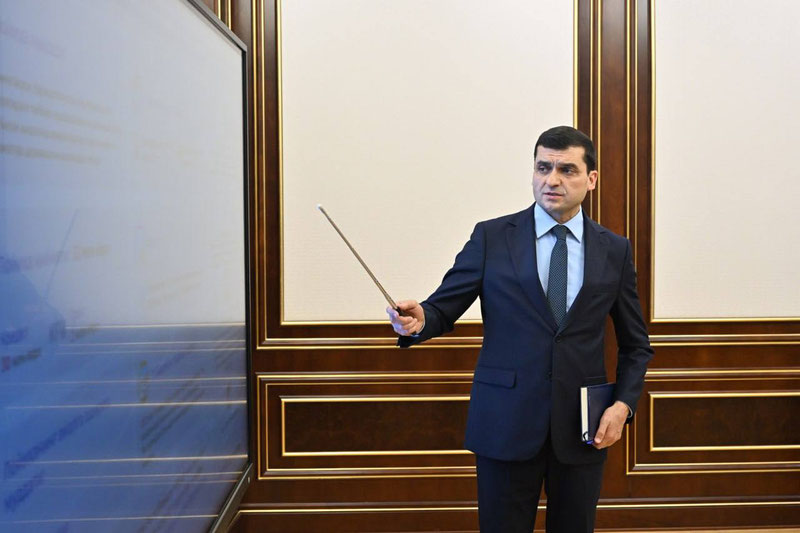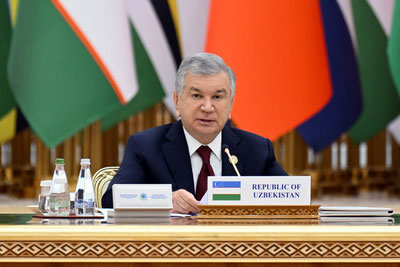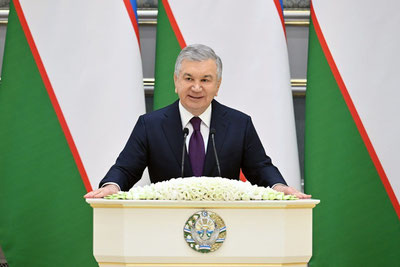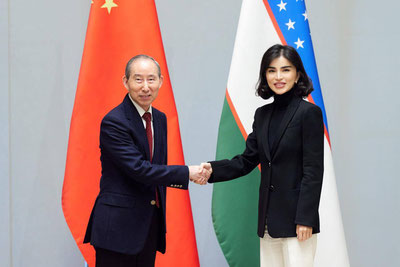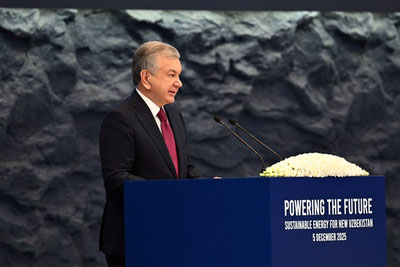The leader of our state became acquainted with the proposals related to equipping medical institutions and improving the quality of services. The President's press service reported this.
In order to strengthen the health of the population and improve the quality of treatment, hospitals are being equipped with modern equipment. At least 100 billion Uzbek soms are allocated from the budget every year for this purpose. Additionally, last year alone, 200 million dollars in foreign investment and 94 million dollars in grants were attracted for equipping medicine with high technology equipment.
As a result, computer tomographs, magnetic resonance tomographs, and angiographs, which were previously only available in republic institutions, are now available in regions and dozens of districts. This means that specialized services have become closer to the population.
This year, 200 billion Uzbek soms have been allocated from the state budget for these purposes. In addition, it is planned to introduce 370 million dollars of foreign investment into medicine.
The presentation outlined the plans for equipping medical institutions.
Specifically, with the 100 million dollars from the Asian Development Bank, 230 maternity institutions in the republic will purchase 21,000 pieces of medical equipment of 45 types and 6 reanimobiles.
With the 30 million euros from Germany's KfW bank, 19 medical institutions each in Karakalpakstan and Khorezm will be equipped with 862 devices for treating cardiovascular diseases. Additionally, with a 13.5 million euro grant from the same bank, a training center and student dormitory will be built in Termez city. This center will be equipped with modern training-simulation and information technologies.
The leader of our state emphasized that equipment is only part of the issue and that it is necessary to start preparing qualified specialists who can work with them. The task of additional training for doctors and nurses in the relevant institutions was set.
Efficient use of the equipment is also important. For example, the workload of angiographs in regions averages 34 percent. The situation with tomographs varies as well.
Therefore, it has been determined to launch outsourcing and private partnership projects for the efficient use of high-tech equipment in state hospitals together with local administrations.
